Nostalgia on Tuesday. Hall of History
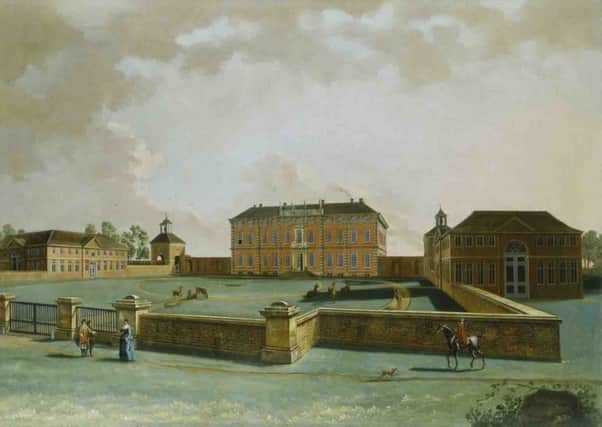

John Bourchier was only 16 when he inherited the prosperous Beningbrough estates in 1700; he had lost both his parents some five years earlier. Many young wealthy men of his generation embarked on a Grand Tour of Europe, finding this an excuse for drunken mischief. This was not the case with John when he began his own Grand Tour from September 1704.
He thoroughly enjoyed sightseeing in Padua and Rome when viewing Baroque palaces and churches. Acquiring a copy of Domenico de Rossi’s newly published Studio d’Architettura probably filled him with ideas to rebuild his family home once back in England.
Advertisement
Hide AdAdvertisement
Hide AdIn 1706 he married wealthy Yorkshire heiress Mary Bellwood and the marriage settlement boosted his funds to erect a splendid new house.
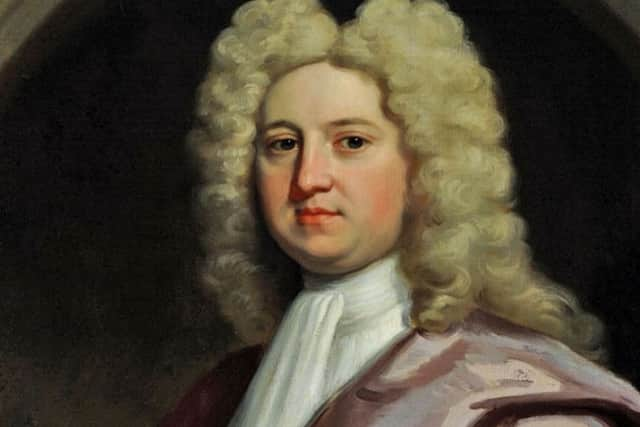

Much of the land which now forms Beningbrough was formerly held by the Hospital of St Leonard, a religious organisation run by monks. Following the Dissolution of the Monasteries in 1539, the Hospital and lands were surrendered to Henry VIII. Within five years the lands were sold John Bannester. It is unclear whether there was a monastic house existing when the lands were inherited by John Bannester’s nephew, Ralph Bourchier, at the age of 25 in 1556.
But Ralph set about building (or maybe remodelling) a timber framed house located some 300 metres south-east of the present Hall. The older property was handed down through generations of Bourchiers until it came to John Bourchier.
John Bourchier employed a York carpenter/architect, William Thornton, to supervise building of the house, completed in 1716.
Advertisement
Hide AdAdvertisement
Hide AdAdvice on the more Italianate of Beningbrough’s features was possibly given by amateur architect Thomas Archer, while there is a strong supposition that John Bourchier himself strongly influenced the house’s overall Baroque design.
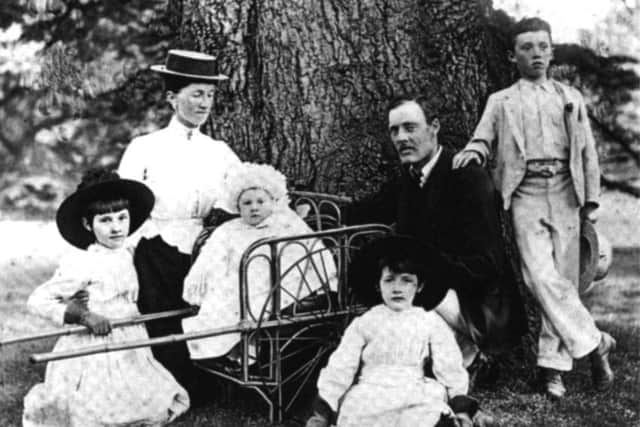

Beningbrough Hall’s builder died in 1736 and the house and estates passed to his son, also called John. Dying in 1759, aged 49, his only child, Mildred, died a year later and so Beningbrough was claimed by an uncle, 71-year-old Dr Ralph Bourchier.
He agreed to pass his interest in the house and some 7,000 acres to his only daughter Margaret Bourchier. Marrying Giles Earle in 1761, Margaret and her husband were unconventional but improvements were made to the stables and a new lodge was added.
Giles Earle died in 1811 and Margaret, the last of the Bourchier line, in October 1827. There was no heir and Margaret left Beningbrough to the Rev William Henry Dawnay, aged 55. He had been a close friend of her elder son at Eton.
Advertisement
Hide AdAdvertisement
Hide AdWilliam resigned his church livings and moved to Beningbrough along with his wife. During the 1830s they made various improvements to the Hall and grounds, including installing a gallery over the main hall and transforming two ground floor rooms into a sizeable drawing room, essential for entertaining guests. Following William’s death in 1846 and his widow’s two years later, the estates were inherited by their younger son, Payan, and daughter, Lydia.
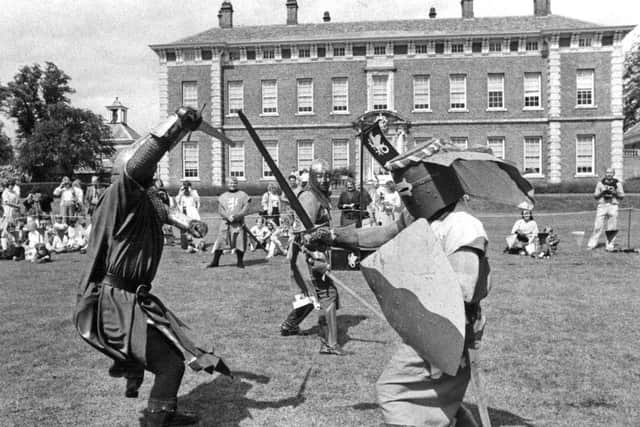

Lydia died in 1890 and her brother a year later, and the next in line at Beningbrough was the pair’s nephew, Lt Col Lewis Payn Dawnay. Having resigned his commission in the Coldstream Guards, he was elected to Parliament, representing Thirsk until 1892. He moved to Beningbrough with his wife and four children during August 1892, the first time in more than a century that the house was occupied as a family home. Over the next 20 years the house and its surroundings were improved, including adding the conservatory and new service wing; the forecourt remodelled; the installation of electricity; and all the farm buildings modernised.
The eldest son, Major Guy Dawnay, inherited Beningbrough on the death of his father in 1910. He was 32 had left the Army to became a merchant banker. But, recalled to arms in 1914, two years later he decided to put the estate up for sale, which took place on November 14, 1916.
Lady Chesterfield, daughter of ship owner Charles Wilson of Hull, bought the Hall, Home Farm and Park comprising about 375 acres for £15,000. Her husband, Edwyn, 10th Earl of Chesterfield, was more than twice her age and they moved in in July 1917. Transforming the house to their lavish taste with pictures, furnishings and carvings, it became a great period of restoration for the property.
Advertisement
Hide AdAdvertisement
Hide AdBeningbrough Hall was requisitioned by the RAF during the Second World War. Lady Chesterfield retreated to Home Farm and died in November 1957. The house and estate were accepted by the government in lieu of death duties and taken over by the National Trust. Beningbrough Hall first opened to the public in 1961 but struggled financially until the mid-1970s when a decision was taken to transform it into a major tourist attraction.
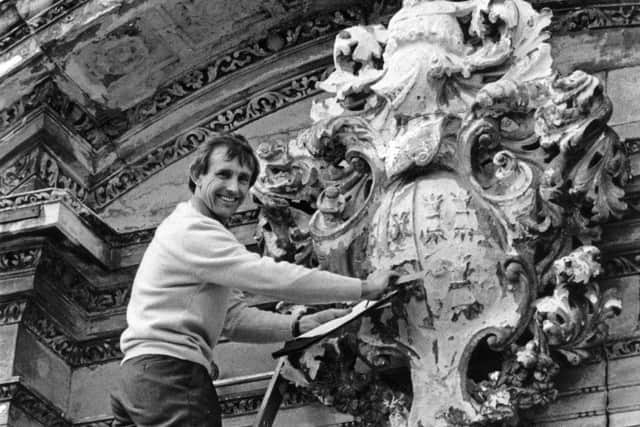

One of the first priorities was to fill the house with some worthwhile objects and the National Portrait Gallery provided a sizeable loan of late 17th and early 18th century portraits. In later years the collections were augmented by a number of other collections.
In 2006 the National Trust worked with the National Portrait Gallery and the Heritage Lottery Fund to refurbish, redisplay and enhance access.
On the first and second floors Making Faces presents user-friendly interactive galleries for the National Portrait Gallery’s collection. These allow a visitor to ‘commission’ an 18th century-style portrait from a virtual artist; make their own living portrait; and discover the tricks that artists employed to achieve results.